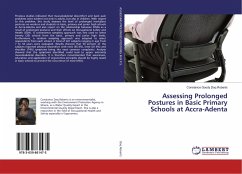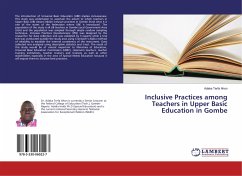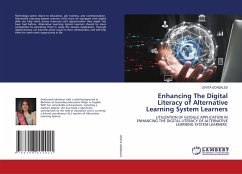
Plight of alternative primary schools in providing basic education
Versandkostenfrei!
Versandfertig in 6-10 Tagen
27,99 €
inkl. MwSt.

PAYBACK Punkte
14 °P sammeln!
More than half population of out of school children in the world live in Sub-Saharan Africa countries. Kenya, one of the Sub-Saharan Africa countries, 1,010,000 children are still out of school. The government of Kenya implemented APBET policy in 2009 to support Alternative primary schools which emerged in ASALs and informal settlement areas to provide primary education to children not enrolled in formal primary schools. Statistics reveal that 70% of the children population of primary school age in Mathare Constituency; an informal settlement in Kenya is neither enrolled in formal public prima...
More than half population of out of school children in the world live in Sub-Saharan Africa countries. Kenya, one of the Sub-Saharan Africa countries, 1,010,000 children are still out of school. The government of Kenya implemented APBET policy in 2009 to support Alternative primary schools which emerged in ASALs and informal settlement areas to provide primary education to children not enrolled in formal primary schools. Statistics reveal that 70% of the children population of primary school age in Mathare Constituency; an informal settlement in Kenya is neither enrolled in formal public primary schools nor in the alternative primary schools. The study sought to find out correlation between socio-economic and institutional based determinants and access and participation to alternative primary schools in Mathare Constituency.












